




[QUOTE=treble_clef;2439167]I'm new to this, how do you get a pattern?
Do people just take an old t shirt apart and use it as a pattern? XD Or do you actually buy a pattern? Or make one up???
[/QUOTE]
It depends on what you are going for as an end result, and what your current skill level is. I've done all three methods you mentioned.
For Wonder Women, (in 1980) I started out with a red tank top, a blue bikini, and my grandmother's bracelets, and just altered them. It wasn't very accurate, but at the time accuracy was not my goal, so the end result suited the look I was going for. (Though it is my plan to remake Wonder Woman in the future and go uber accurate next time around.)
For my Renaissance Woman, (in 1997) I used a McCalls Pattern, combined with pieces of a Simplicty pattern, and than altered the two patterns to fit the dress I wanted to make. Which as it turned out was a huge dress of rose colored velvet, with 7 yards of fabric in the skirt alone! And 3 yards of fabric in EACH of it's huge triple pouffed sleeves. This was the biggest dress I ever made, and was made to be worn with or without hoops. It's very "Queen Elizabeth" in styling, and though it started out as a pattern, it in no way resembles either of the patterns that were used to make it.
I do a lot of stuff with no pattern at all, and use the French couture method of pin and drape, which is: wrap the fabric around your body, pin it on to you in the shape you want it to be, carefully take it off, and than cut around the pins. This works best for stuff that has a lot of lose flowing drape to it, and is not fitted.
For my latest (and by far most advanced) project, I am not using a pattern at all. Everything is being made by me having taken my own measurements, and than tailor tacking those measurements onto the fabric, and than cutting out the correct shapes outside of those marks. From there it's me guessing as to how to attach what where, and writing down the instructions as I go, because there is no pattern or instructions for this costume, and I'm making up the whole thing as I go. This costume is being "made live", it has it's own web site HERE, where I add updates as I go along. At the moment I have no photos of my work up, but the how-to instructions are mostly there now. I started this project in March (2008), and am doing the whole thing by hand, and in the utmost extreme in historical accuracy (researching pre16th cen garments in museums and everything for this) ... right down to buying and using handwoven 15" wide silk to make the kimono and hakama out of, I'm even hand embroidering the fabric before I cut it out to make the costume, and making real battle armor (metal and leather; not foam or plastic).
When I do use commercial paper patterns, I actually do not cut out the patterns. I use the tailoring method of pin cutting. Which means I lay the paper on the fabric, and than use pins the "trace" the entire outline of the pattern to the fabric. Once done I can fold the paper back up and slide it back in the envelope. I than cut the fabric using the pins as a guide instead of the pattern.
This method is used by some French fashion designers, but it's not very common. I don't recommend this method unless you are quite advanced though, because it is very easy to make huge mistakes doing this.
I find it easier to use, because you don't have to mess around with all the crinkly paper, plus you don't have to cut off the other sizes in the pattern, thus you can reuse the pattern later, either on yourself if you change sizes, or for one of your friends who is a different size than you.
So basically I guess you could say I do a little bit of everything, and jump around back and forth between methods, depending on how much extra effort I feel like putting into it at that particular moment.
So, in answer to your question about what you should do: It depends on what you want your end result to be, and how much skill you have in each area of your costume construction.
As for me, I started sewing back in the 1970's, I sew everything I wear, I sew stuffed animals, I sew dolls, I sew characters dolls to match my costumes, my mother was a seamstress and doll maker, and I took Fashion Design and Dressmaking (2 year course), and I spent a good 20 years studying the methods of historic sewing and ethnic clothing construction techniques. I also make my own patterns.
Long story short: It took me a long time to learn to sew using the methods I use. I started out simple, by editing store bought garments, than moved up to simple patterns, than to more advanced patterns, than to college training, and it took me many, many years to do it. I didn't just do it over night.
In other words in order to get to the point that you can make your own patterns, you REALLY got to love sewing an awful lot, because it takes a lot of time and paitance (and money) to get that far. Slow and steady wins the race.
Start out by altering store bought garments. It's the best way to get a good look at how garments are put together.
Find some one who can teach you to sew hands on. While you can teach yourself, you'll learn quicker, faster, and with fewer mistakes, if you've got someone there to help you along.
Start out with simple patterns. Sew Easy, New Look, and Simplicity patterns are all made for beginning sewers. Start with those companies first.
McCalls patterns should only be used if you already have some skill sewing, but can still be used by beginners.
Folkwear, Butterrick, and Burda patterns are quite a bit more advanced and should be avoided by beginners, but once you've sewed a few other items, you should have no problems using these.
Vogue patterns should only be attempted by advanced sewers, and even some advanced sewers complain that they are too difficult to use. Vogue patterns give instructions assuming that you know how to do French and Italian high fashion techniques, the reason for this being that they are designed and written by French and Italian fashion designers (Giovanni, Armani, Channel, Dior, etc).
Going without a pattern usually requires some sort of training; either college or an apprenticeship. Going without a pattern is not recommended unless you have very advanced sewing skills.
What's your take on this? I'd love to hear what you have to say about this post. Leave a comment and share your views!





-------------
If you liked reading this blog and want to read more stuff written by me, I have lots of websites, where you can read other things I write, here are a few of the ones I like the best:
All about Lord Sesshomaru's garb & Making a Lord Sesshomaru Costume. Plus, Sesshomaru & Rin and making Rin's Costume.
Do you think Lord Sesshomaru is a Cross dresser? Join the debate and tell the world what you think!
Do you CosPlay? Here is A List of my CosPlay Aticles
This is for anyone who needs help Creating Character Profiles for their stories or for their SCA persona.
Want to join Squidoo? Than you need to read EelKat's Secrets To Squidoo Success and What Can You Do With Squidoo?
Are you seeking an online debate to join and tell the world what you think about it? Than you need to check out this List of Active Debates that are waiting for you to speak out on them!
Where
My Art is For Sale Online.





















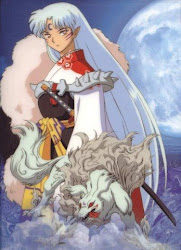
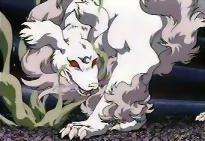
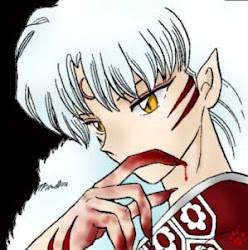
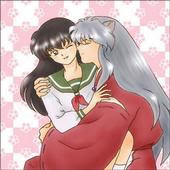
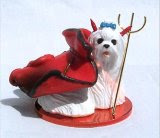
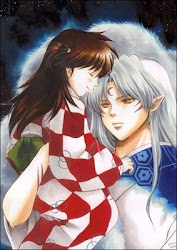
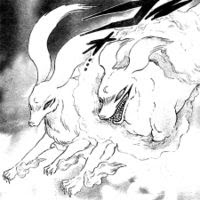
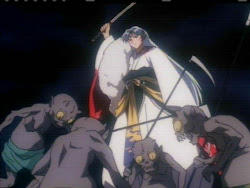

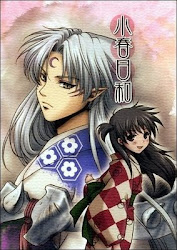


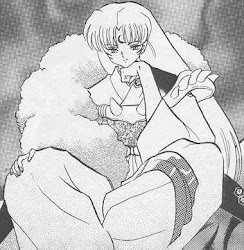

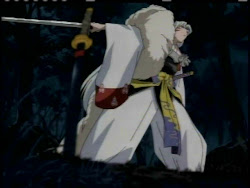
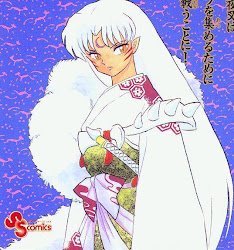

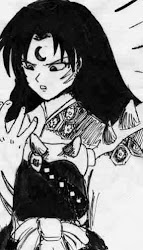



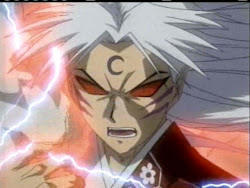

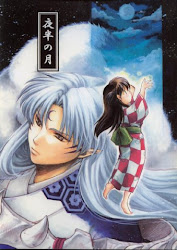


No comments:
Post a Comment